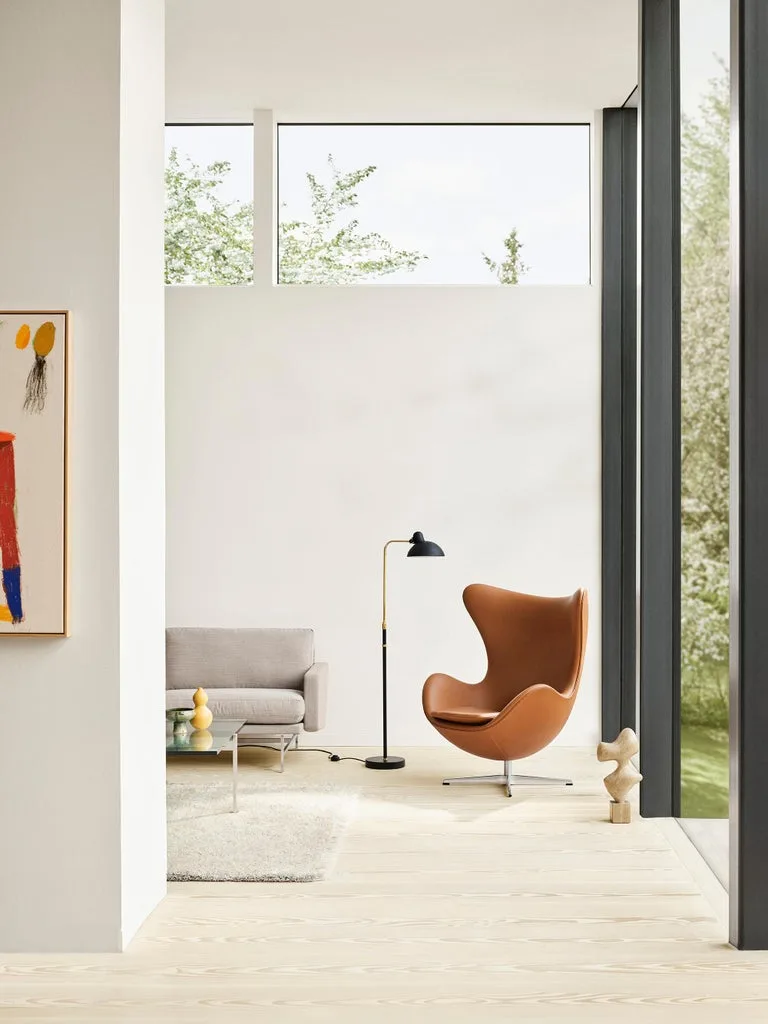
Form, Function, and Warmth: The Scandinavian Design Debate
Ladies and gentlemen welcome to a unique discussion (which never happened) between two of the greatest minds of 20th-century Scandinavian furniture design. I’m Edgar Kaufmann Jr., a renowned design curator and critic, and I have the pleasure of guiding you through today’s conversation. We are diving into the heart of Scandinavian minimalism and its influence on global design trends, featuring two luminaries: Arne Jacobsen and Alvar Aalto. Both men are pioneers, but their approaches differ—Jacobsen’s sleek, functional lines meet Aalto’s organic, human-centered forms. This is more than a conversation about chairs and tables; it’s a dialogue about the soul of modern design.
Edgar Kaufmann Jr.: Arne, Alvar, it’s an honor to have you here today. You both are considered the fathers of Scandinavian minimalism, but your approaches couldn’t be more different. Let’s start with the basics—what does minimalism mean to you, and how does it translate into your design philosophy?
Arne Jacobsen: For me, minimalism is about purity. Design should strip away everything unnecessary until only the essentials remain. I think simplicity and functionality are two sides of the same coin. A chair like the Series 7 isn’t just about aesthetics; it’s about how effortlessly it fits into any space, whether it’s a corporate office or a family home.
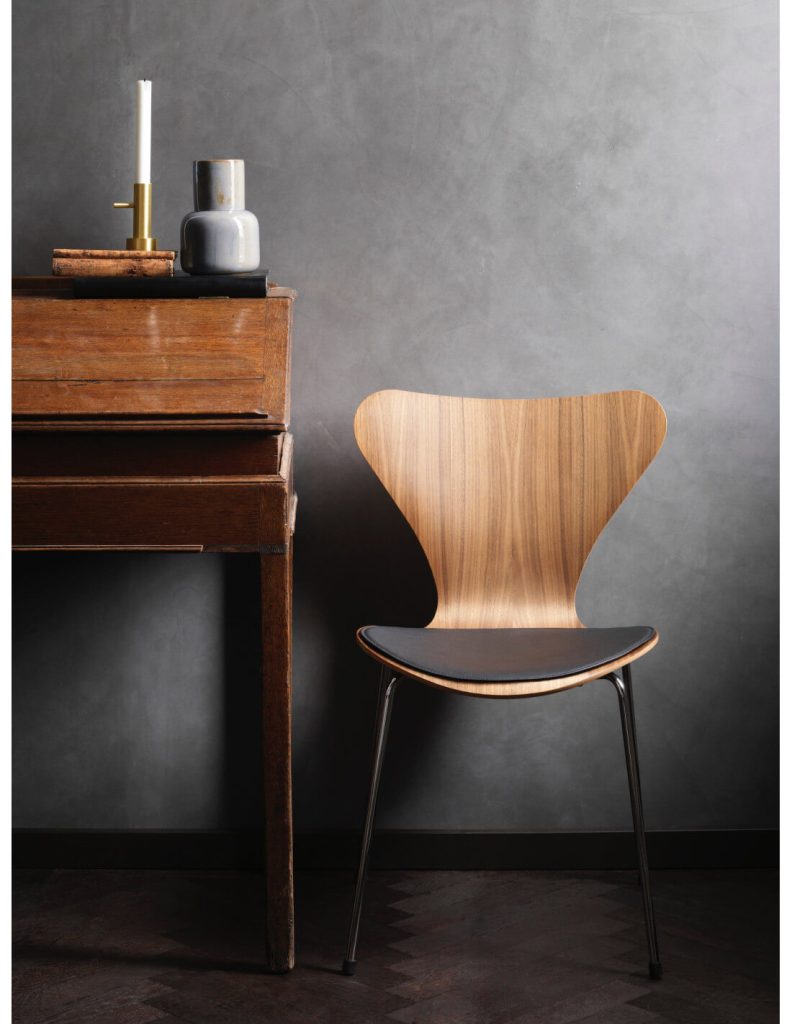
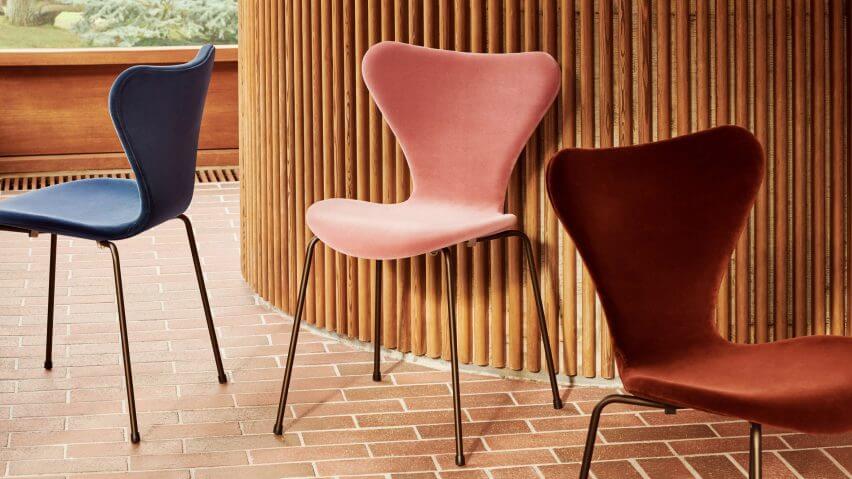
Alvar Aalto: Arne, you talk of minimalism like it’s a mathematical equation! I respect your rigor, but minimalism should still feel human. My philosophy is not just about simplicity but also about warmth, organic forms, and the integration of nature into everyday life. Take my Paimio Chair, for instance—its form isn’t just functional but also therapeutic, designed to help tuberculosis patients breathe more easily.
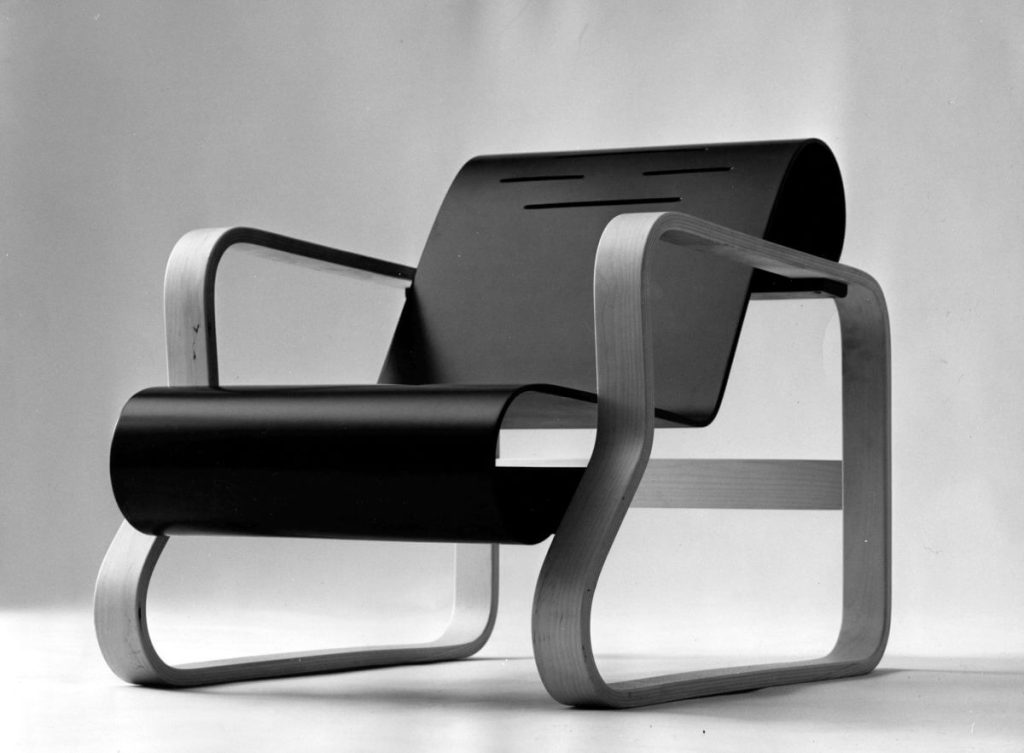
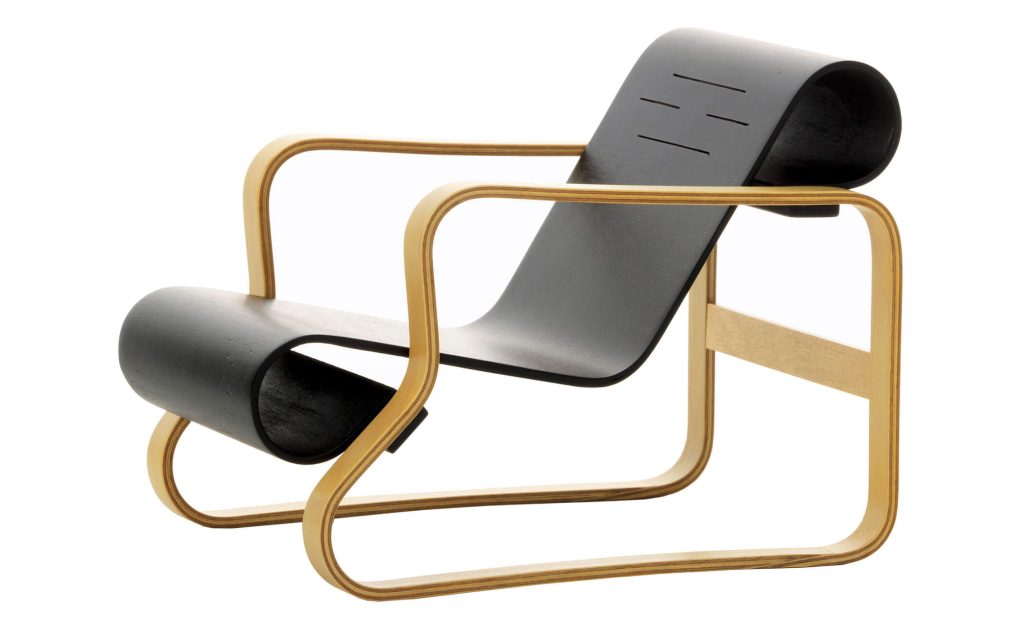
This is more than a conversation about chairs and tables; it’s a dialogue about the soul of modern design.
Arne Jacobsen: (smiling) So, while I’m building for sleek offices, you’re out here saving lives with furniture?
Alvar Aalto: (laughs) Something like that! But let’s not forget, your designs have their own charm. The Egg Chair, for example—it’s a masterclass in curves and comfort. You did bring a little softness into that sleek world of yours, didn’t you?
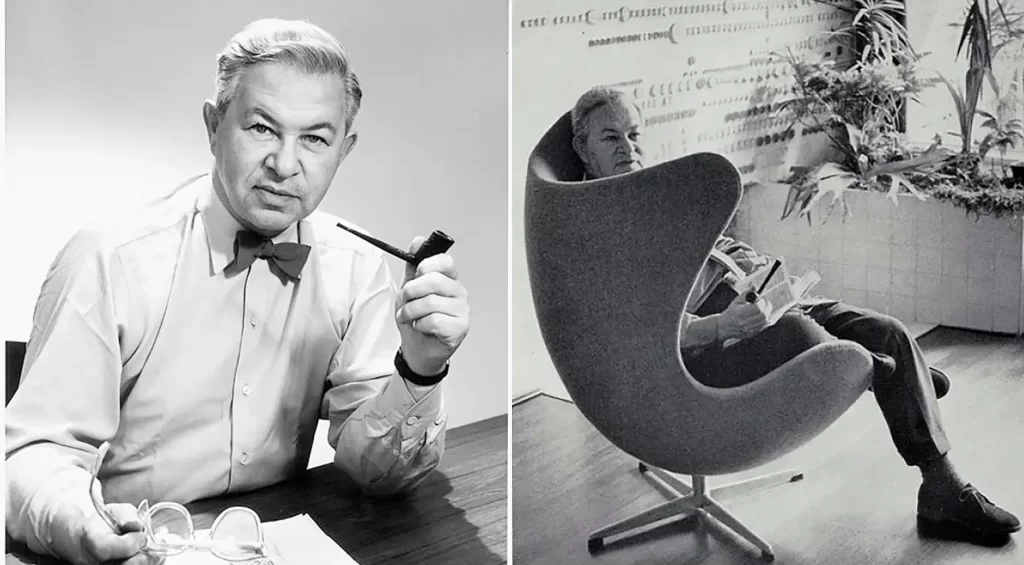
Arne Jacobsen: Well, even I couldn’t ignore the fact that people like to sit comfortably. But, Alvar, I have to ask—do you think your organic forms ever compromise functionality? I mean, surely there’s a reason we don’t see too many “organic” chairs in high-stress environments like airports or train stations.
Alvar Aalto: Funny you mention that because the reason my designs work in both residential and public spaces is precisely because they connect with human nature. We live in a world of straight lines and harsh corners. My approach softens that. Functionality doesn’t always have to be rigid. Some of my pieces are in airports—look at the Aalto Stool, found everywhere from cafes to schools!
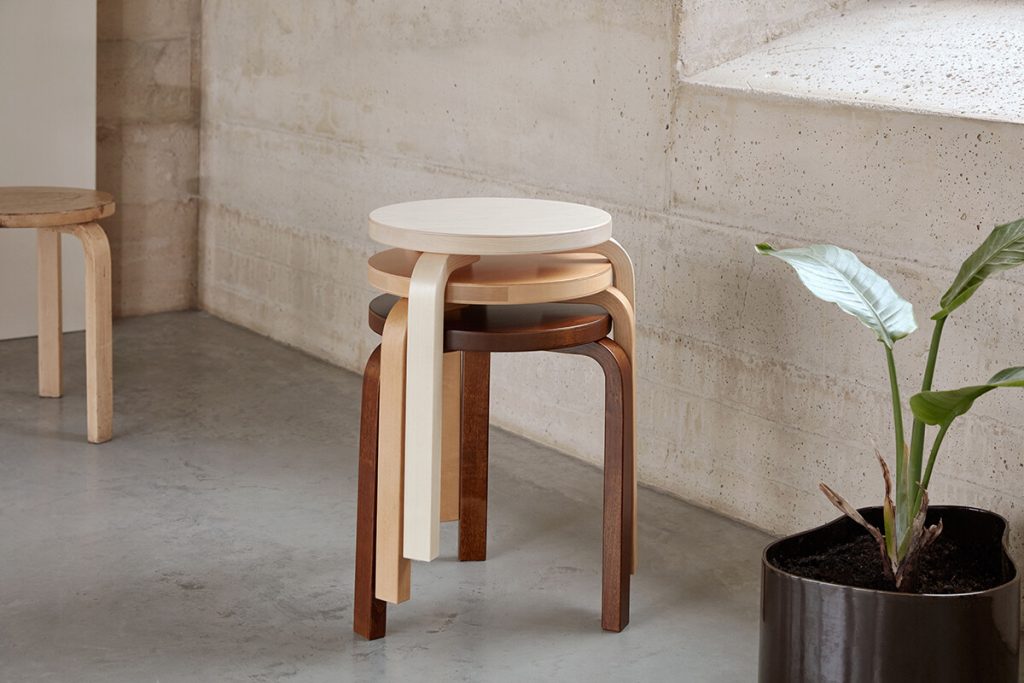
Arne Jacobsen: True, but I still think a more controlled design language is better suited for urban environments. Something is reassuring about clean lines. The Ant Chair, for instance, is functional to the core, but it also has personality without needing to curve like a river.
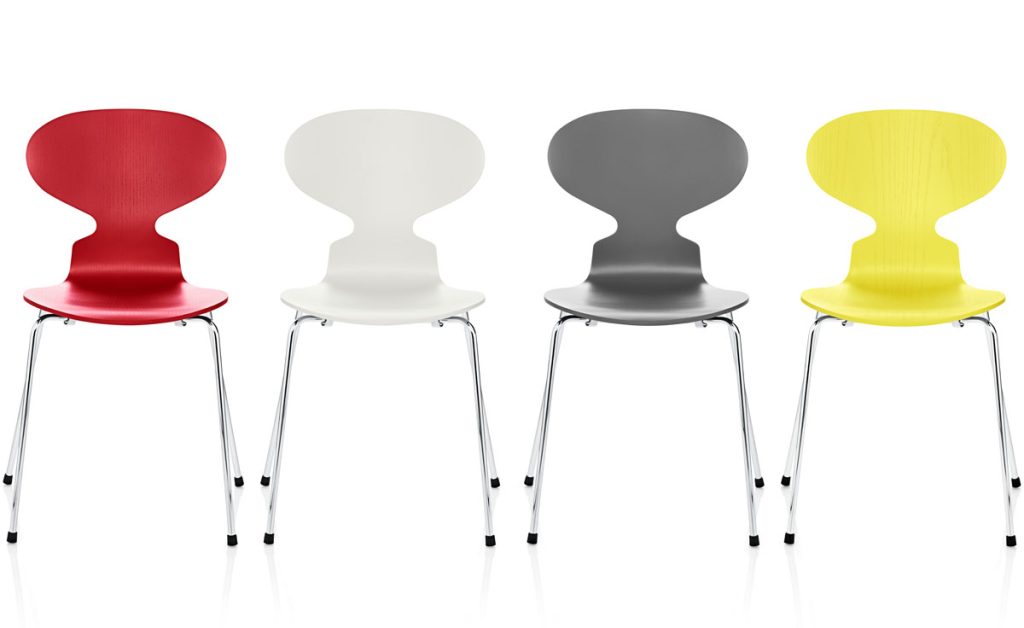
Edgar Kaufmann Jr. (English): Fascinating! So, Arne, you’re advocating for a minimalism of control and precision, while Alvar, your focus is more on creating harmony with nature and the human body. Yet both of your designs have made a profound impact on modern spaces worldwide. What do you think has contributed to the global appeal of Scandinavian minimalism?
Alvar Aalto: I think the world was—and still is—hungry for warmth. Scandinavian minimalism works because it’s not cold; it’s approachable. People see themselves in the curves, the wood, the softness. It’s functional, yes, but it’s also inviting.
Arne Jacobsen: That’s true, but don’t forget, the global appeal also comes from its adaptability. Scandinavian design fits in almost anywhere because of its simplicity. You can place a Series 7 chair in a modern office, a traditional home, or even a gallery, and it doesn’t look out of place. Its versatility is what keeps it timeless.
Alvar Aalto: Ah, there’s no denying that! But versatility also depends on how well it resonates with the human experience. When people sit on my Paimio Chair, they feel the connection with nature through the flowing lines. It’s not just about fitting into the room; it’s about fitting into the life.
Arne Jacobsen: True, but at the end of the day, simplicity in form is what allows that connection to flourish. When design gets too complicated, it distracts from the experience.
Edgar Kaufmann Jr.: It seems Scandinavian minimalism succeeds because it balances warmth with precision, organic forms with functionality, and elegance with simplicity. Both of you have crafted designs that invite people to engage with the spaces they inhabit, whether through sleek lines or natural curves. Thank you, Arne and Alvar, for a riveting conversation that reminds us why Scandinavian design continues to shape global trends today.
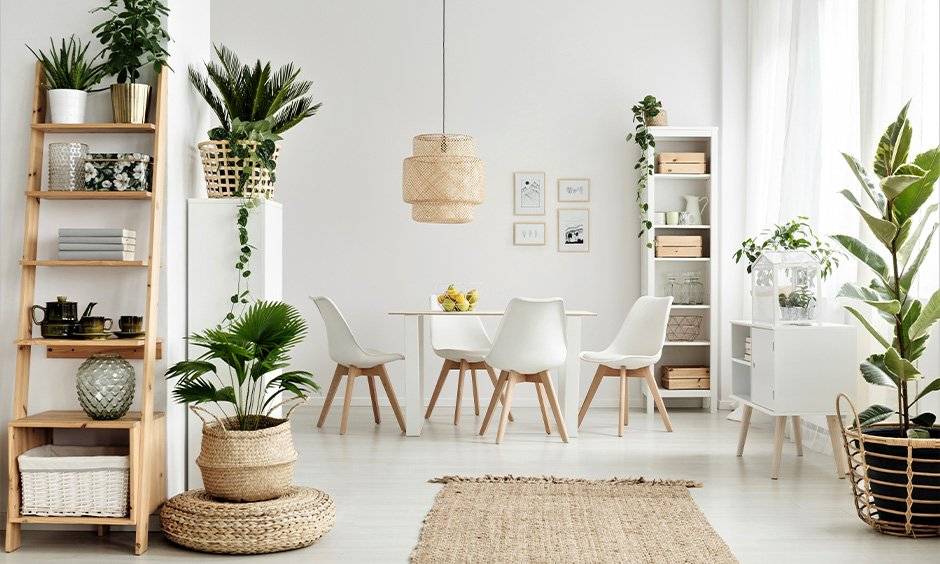
Scandinavian minimalism has achieved remarkable success because it masterfully integrates several key elements: warmth, precision, organic forms, and functionality. This design approach manages to strike a harmonious balance between these seemingly opposing forces, creating spaces that are both inviting and practical. The minimalist ethos—emphasizing simplicity and clean lines—resonates with contemporary values of clarity and efficiency. At the same time, the incorporation of organic forms and natural materials brings a sense of comfort and human connection to these spaces.
This duality allows Scandinavian design to remain relevant across different cultures and settings. The simplicity of the design makes it versatile, allowing it to fit seamlessly into various environments, from modern urban apartments to traditional homes. Meanwhile, the warmth and organic qualities prevent it from feeling cold or impersonal, ensuring that it continues to engage and enrich the lives of those who interact with it.
In sum, the enduring appeal of Scandinavian design lies in its ability to create environments that are both functional and emotionally resonant. It combines the best of both worlds: the precision of modernist ideals with the warmth and adaptability that meet the needs of contemporary living. This thoughtful integration of form and function is why Scandinavian minimalism continues to influence and inspire global design trends today.
